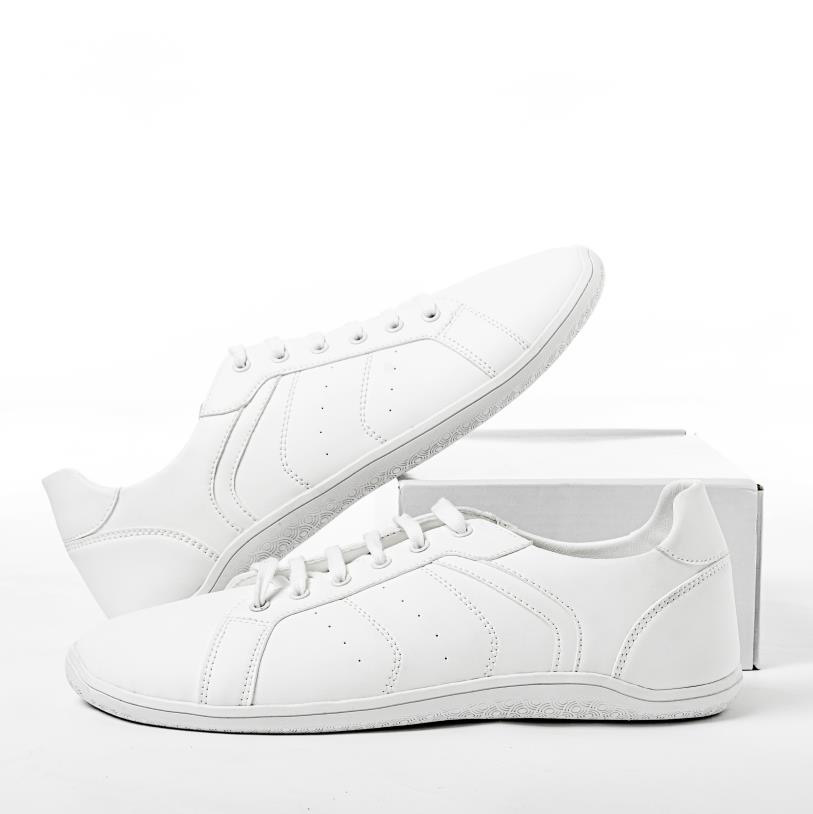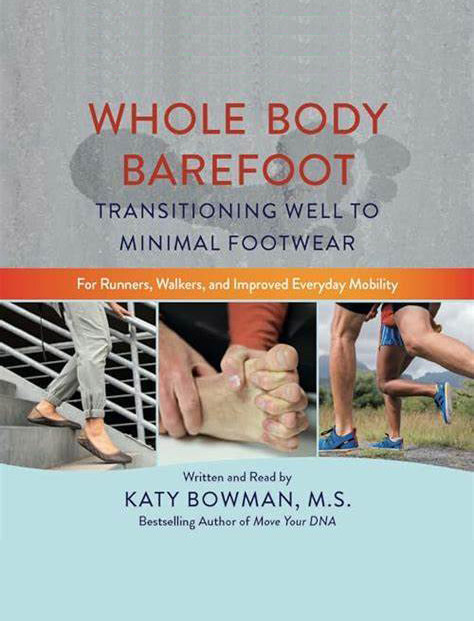Going Barefoot
Your feet are an incredible creation. Unlike the rest of your body, they connect you to the ground almost constantly, which connects your brain to every step of the path you’re on. So we’ve designed our shoes to help you stay in touch with your surroundings, to stand strong and walk into your purpose, as you go through the journey of life.
Like many of us, you have probably spent a lot of years in “traditional shoes”—ones that squish your toes, aren’t flexible, and provide a lot of rigid under arch and ankle support. This means that up until now, your intrinsic foot musculature and ankle stabilisers have likely been relying on your footwear to provide much of the support you need to journey through each day. Sheltered from natural, ergonomic use feet in “normal” shoes become weak, stiff, and hyper-sensitive.
The first thing you might notice about our barefoot shoes is that they don’t have a lot of built in support, and that’s kind of the point. Barefoot shoes are minimalist in design and function. They’re meant to get the muscles of your feet, ankles, and lower limbs working more, and doing the job they’re built to do; rather than relying on a chunky, thick, inflexible shoe to do the job for them!
Barefoot shoes are different. And if you’re just starting out, there’s a few things you need to be aware of as you get started on your barefoot journey.
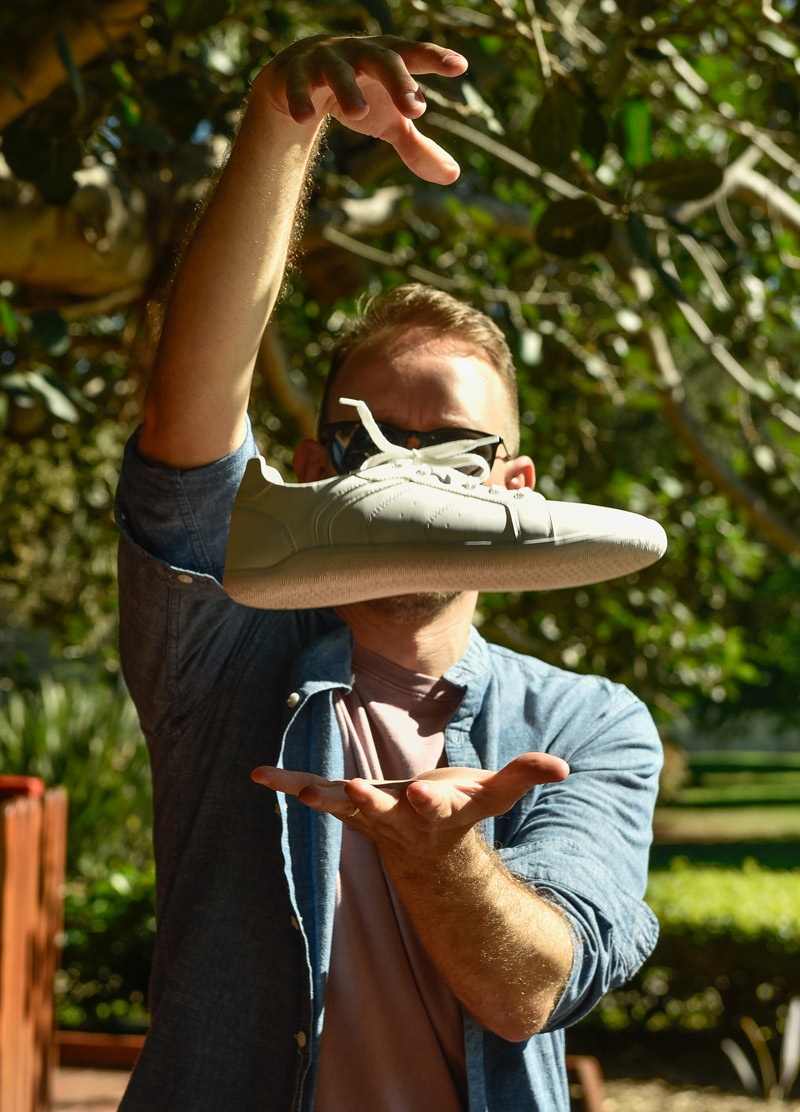
Step 1: Transition Phase.
Unlike other shoes, barefoot shoes don’t inhibit the natural movement of your foot as you move. Therefore, we don’t recommend going straight to solely wearing barefoot shoes full time. A transition phase is key, as immediate full-time use can result in unreasonable discomfort or even pain. This is predominantly because muscles and joints that haven’t been required to handle the demands of providing stability and strength daily, are now being asked to take all that load. In a similar way to how you wouldn’t just up and run a half marathon without any training or go lifting heavy weights without slowly progressing up to it, your body is going to need some time to train, recover, and adapt to a new experience. The cushy pillow of your regular shoes is now gone, and your feet are going to have to step up.
So having a plan to transition or acclimate to wearing barefoot shoes regularly, is a VERY good idea to start well. And let’s be real, this may take a little time after years and years of wearing “normal” shoes resulting in stiff, weak and overly sensitive feet.
To start with, we’d recommend 30-minutes to 2 hours once per day. You can spread this out across the day too if you wish. If your feet, calves, lower limbs, or even hips or low back start to feel fatigued, ache-y, or tired sooner than this however, it’s a good sign to take a break. Some discomfort can be expected as you adjust to additional stimulus, however, ‘No pain, no gain’ doesn’t apply too well here. You want a manageable dose of time in your barefoot shoes before allowing your feet some recovery time. Listen to your body. Be kind to yourself.
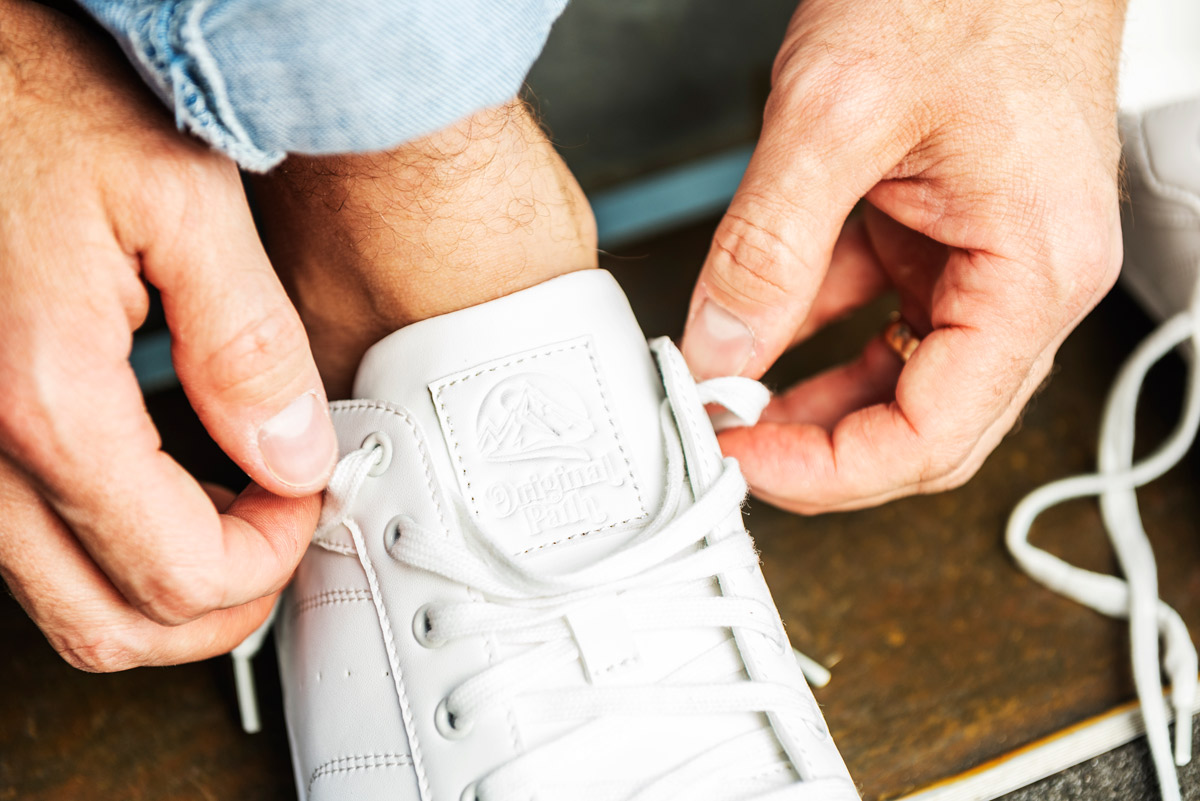
Step 2: Foot Care.
Adjusting to barefoot shoes is something that happens Sometimes, your foot musculature may also get tighter with increased strengthening and whilst you become used to wearing barefoot shoes regularly. To keep your feet, ankles, and calves moving well, getting a foot and calf massage might be something to consider. A massage is a bit luxurious, and it’s also SUPER relaxing (and a chance to slow down and take a breath in this fast-paced world). Or even a nice relaxing little foot bath every couple of days could help you on your way.
You might opt for doing some self-massage techniques and balance training, to go along with becoming more confident and comfortable at moving in your barefoot fashion! There are also lots of inexpensive supplementary products on the market that can provide additional help in “waking up your feet” and aiding your barefoot journey.
Step 3: Progressing to ‘Day In, Day Out’ wear.
Our shoes are designed for everyday wear. As mentioned though, all day, every day, right away, is something to gently progress up to.
Gradually increase your wear time by 30-60 minutes per day, each week.
Additionally, doing some gentle stretching and balance work, initially and longer term, can really help to strengthen your feet as well.
The great news is that recent new research has provided evidence that just walking in minimal shoes, helps the muscles of the arches of your feet to get stronger.
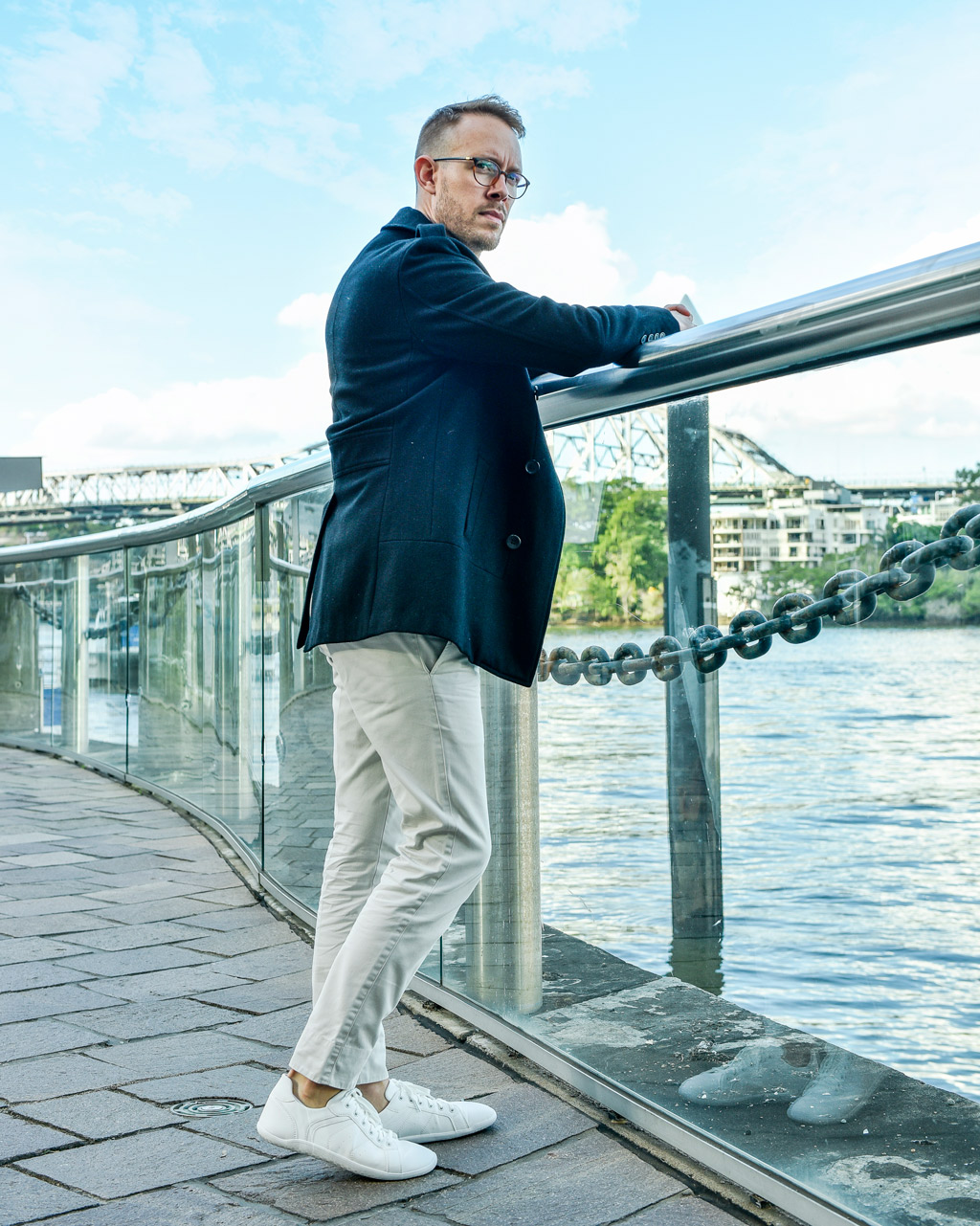
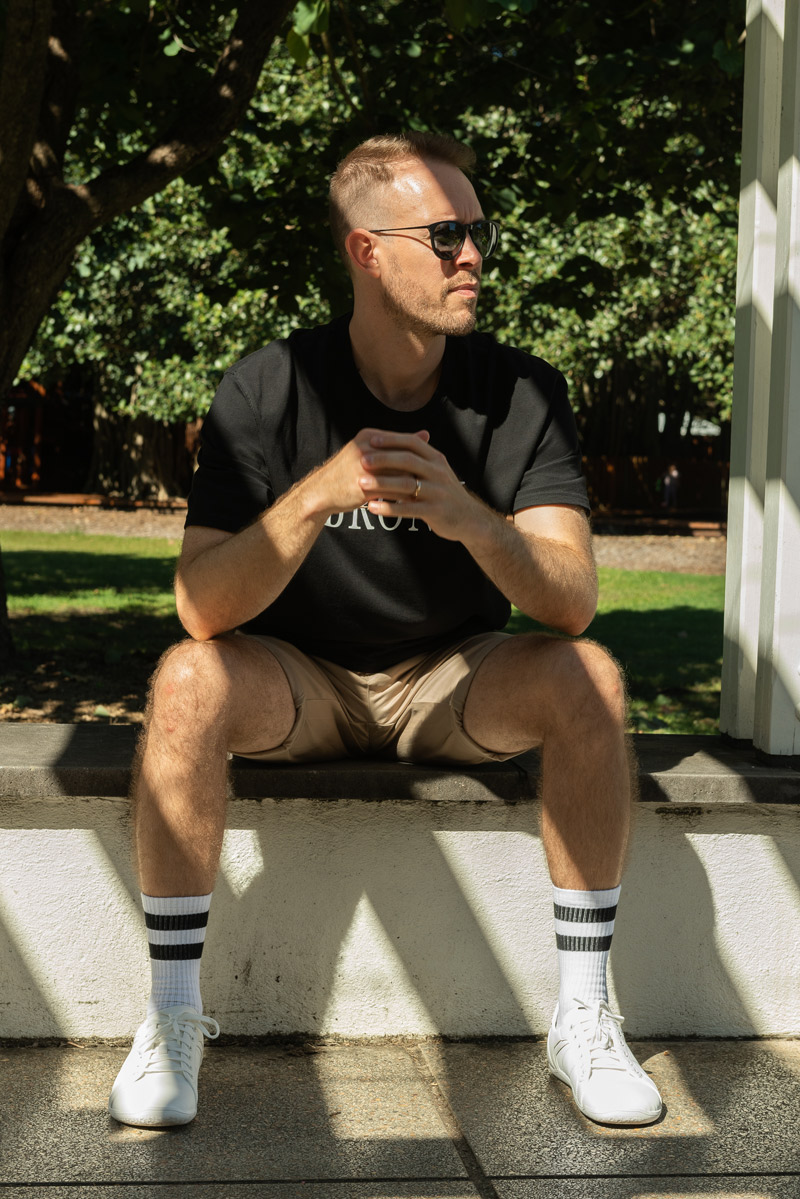
As you adapt to a barefoot shoe life you might notice the following additional benefits:
At Original Path we believe your body is an intricately interwoven masterpiece. Barefoot shoes aren’t a miracle cure, and things might take time to adapt, or even get a bit harder before it gets better… but we believe you are strong and courageous. We are here for you, and your journey!
Find out more
If you want a more in-depth dive on transitioning well to minimal footwear, you might find “Whole Body Barefoot” by Katy Bowman, a helpful read.
If you have pre-existing conditions that may be adversely affected by a significant change in the type of footwear you use, discussing a transition to barefoot shoes with your Podiatrist or Physiotherapist may also be a good idea. This is to help you most effectively manage your conditions, long term.
The best thing is, there’s no need to rush, and you can take the time to make this work.
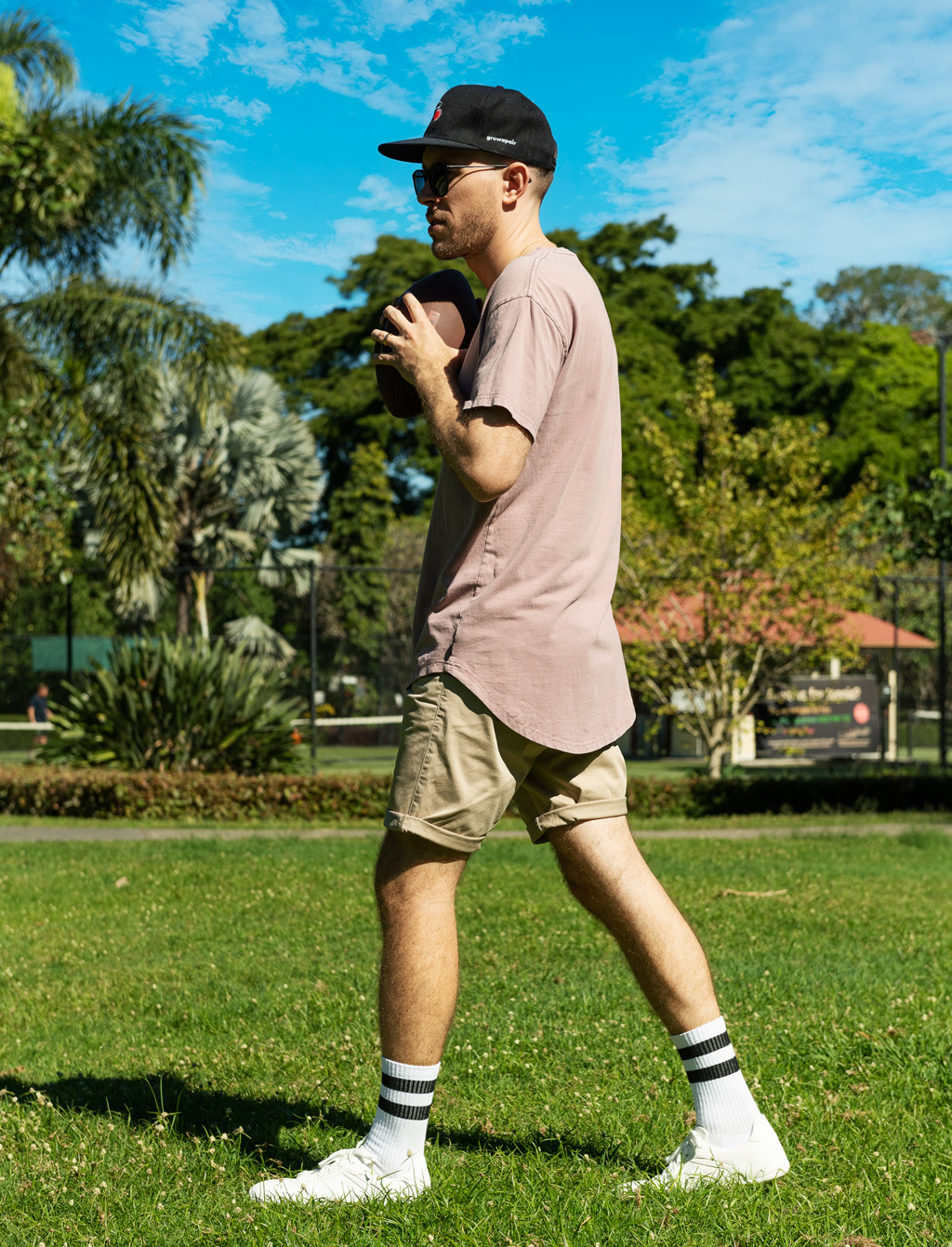
The Physiology of a Barefoot Shoe
Understanding that barefoot shoes are intentionally minimalist in design and function will help you get your right fit. The whole goal is to give your feet the room they need: feel good and look good!
Our barefoot shoes have the following features of structure and function:
“Wiggle Room”: a wide toe box for freedom of movement.
“Stay flex-y”: flexible sole and upper construction for natural stability.
“Level playing field”: zero drop sole with no heel for natural strength.
“Feel the journey”: thin sole and removable insole for enhanced ground feel and sensory feedback to the brain.
“Can’t hold you down”: lightweight construction for improved performance.
From the ground up, our shoes are designed to get you back to YOUR Original Path.
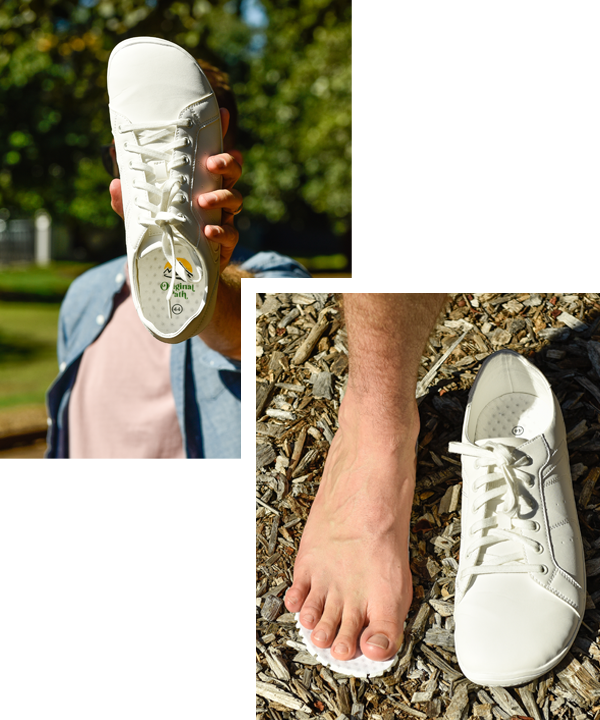
Sizing Guide
| US / AU SIZE | 7 | 8 | 9 | 10 | 11 | 12 | 13 |
|---|---|---|---|---|---|---|---|
| UK SIZE | 6 | 7 | 8 | 9 | 10 | 11 | 12 |
| EU SIZE | 40 | 41 | 42 | 43 | 44 | 45 | 46 |
| *Insole Length (mm) | 266 | 272 | 280 | 286 | 293 | 300 | 307 |
Figure out your fit – use the following instructions to easily figure out your size
*The insole length is the length of the INSIDE of your shoes.
